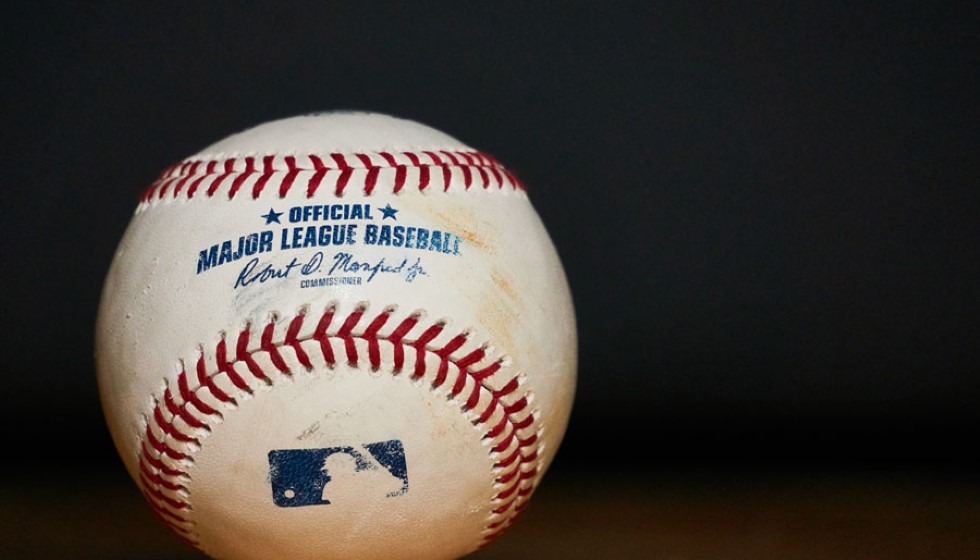
The Modern Dilemma of MLB Starting Pitchers
The role of Major League Baseball starting pitchers is evolving dramatically, as highlighted by Commissioner Rob Manfred's recent comments concerning the shifting dynamics of the game. Once expected to carry their teams deep into games, starting pitchers now average just 5.2 innings per start, a significant drop from the 6.3 innings average back in 1984. This trend underscores a heavy dependence on bullpen arms and raises questions about the sustainability of current practices.
Manfred has voiced reservations about potential mandates targeting minimum inning requirements for starters. "Just too blunt an instrument to fix this problem," he remarked, acknowledging the complexities that surround the modern game. The commissioner suggests that instead of enforcing rigid requirements, it might be more fruitful to pursue a series of rules that incentivize clubs to nurture and develop pitchers capable of longer appearances.
One contributing factor to this shift is the increasing emphasis on velocity and spin rate, which has been linked to a rise in pitcher injuries. "I do see both problems as pretty serious," Manfred highlighted, noting that the league’s physicians attribute this focus as a "specific cause of the increase of injuries." This presents a dilemma for the league: How to balance the demand for high-performing pitchers with the need to preserve their health and longevity in the game.
In exploring solutions, MLB is considering how transaction rules might play a part in encouraging teams to develop pitchers with the stamina for extended outings. Manfred remarked, "One of the things that happens today, guy pitches three days in a row, he gets outrighted, they bring somebody else in to give him some rest, as opposed to him staying on the roster the whole time." This manipulation of roster spots suggests a potential area for reform in pursuit of enhancing the role and resilience of starting pitchers.
Beyond performance metrics, the significance of starting pitchers extends into the cultural and economic fabric of the MLB. Pitchers are not merely athletes; they are pivotal figures in broadcasting and marketing campaigns. The narrative of a game often hinges on the duel between the starting pitcher and the opponent's lineup, adding layers to the fan experience that go beyond the statistics.
An innovative concept under consideration is the "Double Hook" rule, which would link a team's designated hitter slot to the presence of their starting pitcher. By tying a lineup's potency directly to the durability of its starter, this idea could reshape strategies and spark a renewed focus on cultivating starters who can endure longer into games.
As MLB approaches the expiration of its Collective Bargaining Agreement with the MLB Players Association in 2026, there’s an opportune window for exploring and potentially implementing changes that reflect these philosophical shifts. Manfred's advocacy for alternative measures rather than one-size-fits-all mandates creates room for creative solutions that respect the multifaceted nature of modern baseball challenges.
In contemplating the future, it’s clear that MLB must navigate these questions judiciously, striving to maintain the game’s competitive integrity while ensuring the health of its players. There's a delicate art in balancing innovation with tradition, a task that MLB must undertake with careful deliberation and strategic foresight.